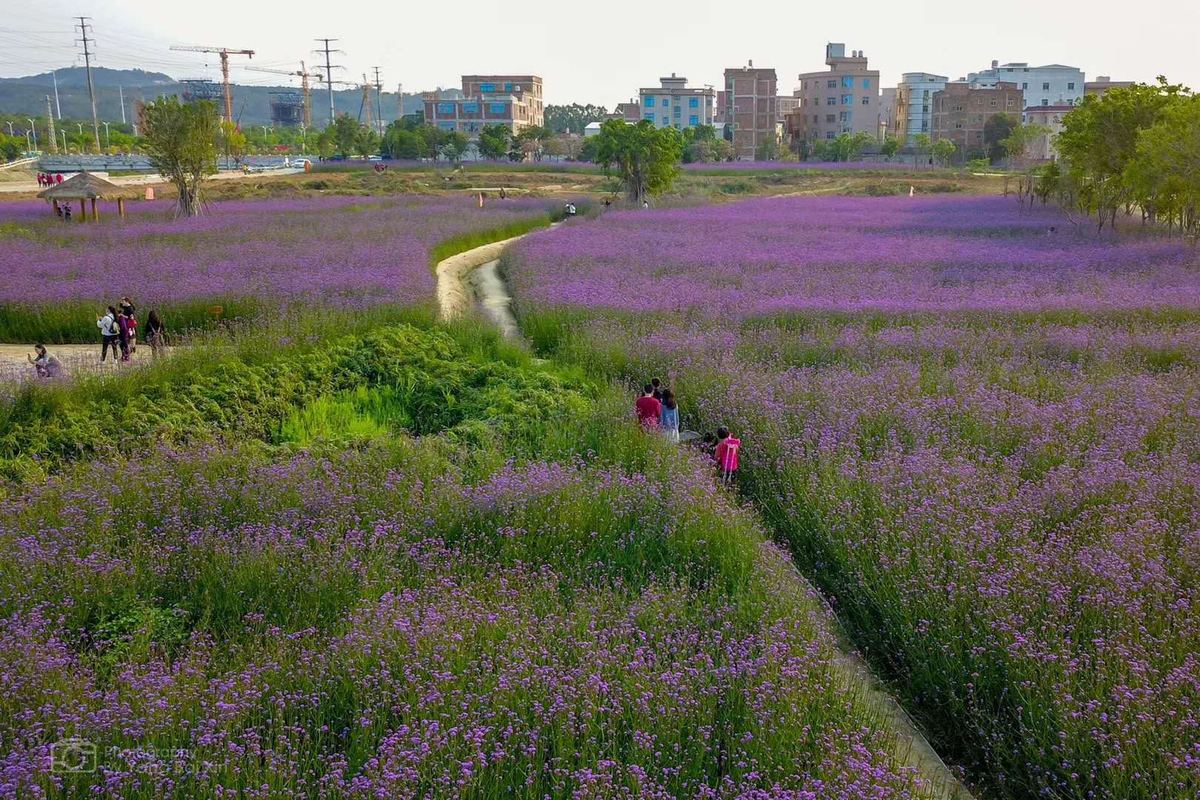 |
|
Wulin's first Romanesque building was constructed in 1930. [Photo provided to China Daily] |
The Jinjiang government set up a leadership team to protect the settlement in 2017.
All of the old buildings have been restored to how they were to fully present the past to travelers.
Visitors to Wulin are greeted by a field of flowers near the village's gate that took shape during the Ming Dynasty (1368-1644).
"Roads have been built, toilet facilities have increased and been upgraded, as have green spaces," Cai says.
"Most (villagers) have finally come around to our principle and spirit of protective restoration and development," Jinjiang official Chen Xinxin says.
 |
|
Visitors to Wulin are greeted by a field of flowers near the village's gate. [Photo provided to China Daily] |
A great deal of time has been invested to study the ancient buildings, and professionals were invited to participate in their restoration.
"It's all worth it," Chen says, adding that those buildings have witnessed history. They carry local culture and the memories of those who live abroad.
"We'd like young people to know this inclusive and broad culture of southern Fujian."
The village's overseas Chinese compatriots' history museum hosts exhibitions and historical items, such as lattice windows, bamboo baskets and rifles.
It provides a vivid picture of how villagers left for Southeast Asia to make a living and later returned to Wulin to support the country's fight against foreign aggression.
The museum stands next to an ocean of potted marigolds.
The authority aims to turn the village into a getaway that offers immersion in Southeast Asian and southern Fujianese cultures.
"Wulin abounds with profound overseas Chinese culture and architectural culture," says Gong Linna, an official with a company in charge of Wulin's protection and development.
History and original culture should be integrated with modern lifestyles to capitalize on Wulin's advantages, Gong says.
"So, people today can really see, feel and experience its profoundness," she says.